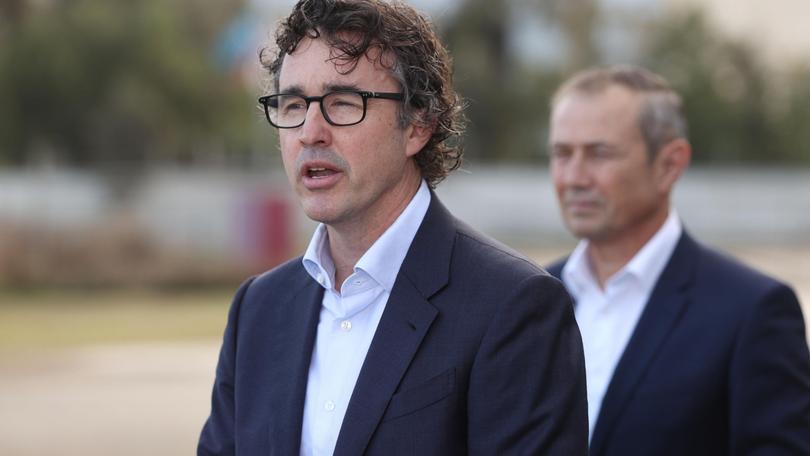Rio Tinto to shell out $215 million on Rockingham facility to test low-carbon ‘BioIron’ steelmaking

After more than a decade of trial and error Rio Tinto wants to take the next step in finding out if it can use biomass material like straw, instead of coal, to churn out iron.
Rio on Tuesday announced it will spend $215 million over the next two years on a research and development facility in Rockingham to further assess the viability of its low-carbon iron making concept — BioIron.
Rio is planning a “semi-industrial scale” pilot plant 10 times the size of a predecessor it had previously built in Germany.
Sign up to The Nightly's newsletters.
Get the first look at the digital newspaper, curated daily stories and breaking headlines delivered to your inbox.
By continuing you agree to our Terms and Privacy Policy.The Rockingham pilot plant is slated to be in action by 2026 and expected to create up to 60 construction jobs with a further 30 ongoing full-time roles.
The aim is to use raw biomass and microwave energy instead of coal to convert iron ore extracted from the Pilbara into metallic iron, which is then used to create steel. The process will be powered by renewable energy sources, such as solar and wind.
BioIron has the potential to reduce carbon emissions by 95 per cent compared with the current blast furnace method, according to the mining giant.
Rio iron ore chief executive Simon Trott said the steel industry currently produces around 8 per cent of the world’s carbon emissions “and that needs to change”.
“After more than a decade, a decade of work by passionate Rio Tinto engineers and researchers we will be trialling our bio iron technology right here in Western Australia ... a world first,” he said.
“We’ll use agricultural waste products for the biomass, so things like straw, for example, that’s left behind in the agricultural process.”
If the trial is a success Rio will build a commercial scale operation, but Mr Trott would not be drawn on where that might be.
In February Rio joined forces with Bluescope and BHP to kick off a feasibility study into a electric smelting furnace.
The three-way partnership at Port Kembla in New South Wales also aims to decarbonise the steel industry.
Mr Trott said the Port Kembla and Rockingham pilot programs are “both complementary as well as potentially offering a different pathway”.
The Port Kembla trial is centred on what Rio calls the melter technology. If the process tested at Rockingham makes the leap to commercial production this technology will also be incorporated to remove impurities, Mr Trott says.
Premier Roger Cook said Rio’s move in Rockingham was putting WA at the forefront of the emerging green steel technology sector.
“It’s a really important part of our vision of Western Australia not only being a great iron ore and resource extractor and exporter, but also the manufacture of green steel, which is part of the future,” he said.
“We won’t get to a net zero without green steel.
“This is another job-creating clean energy project in our industrial heartland of Kwinana and Rockingham, part of our commitment to transitioning the industrial strip to a clean energy future.”
Rio has 17 iron ore mines in the Pilbara and produced more than 330 million tonnes of the steelmaking commodity in 2023.
